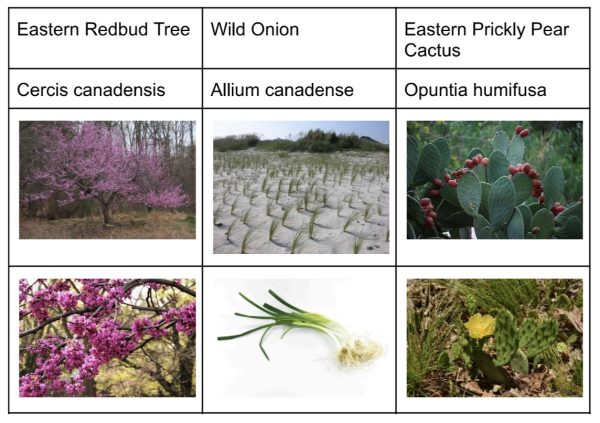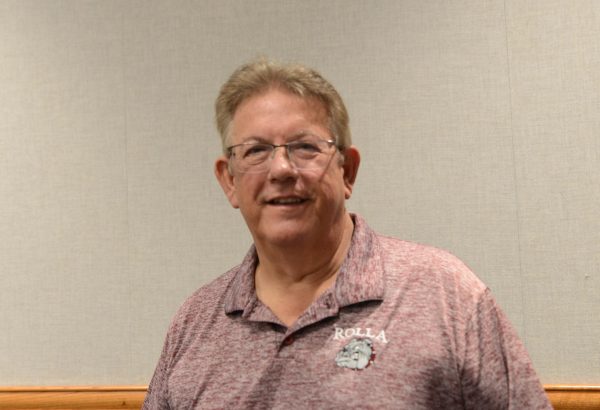Adolescence is a time of growth and fun, but mostly turmoil
The term adolescence has been around since the Middle Ages, however, its meaning has changed over the centuries. Today it means the transitional period between childhood and adult-hood. In the Middle Ages, it meant something similar, whom it applied to, however, is where the difference lies. This term now applies to anyone who lives in a developed country, and to a select few in underdeveloped countries. In the Middle Ages, this would have only applied to the wealthy royalty. Adolescence is a time of privilege, although most adolescents would disagree. It’s a time where teenagers have the opportunity to go out and be free. They have the opportunity to just be kids and run around and do stupid things because they think they’re invincible.
Adolescence is a period where a lot of mental and physical changes occur. Teens change. Their friends change. The way their parents and teachers treat them changes. The way teens view themselves changes. And the way society views adolescence changes. However, while all of these changes should occur, they don’t always happen, or they happen too soon.
“Sometimes, you see a seven year old walking down the street, cell phone in hand, wearing an outfit you could find on a 20 year old. Or you see 12 in-depth than [the kids’]. And it really applies to the preteen culture,” Kaysinger said.
What kids do with these messages that they are receiving through mass media is the alarming thing. These messages become internalized, absorbed without teens even knowing it. According to Yankelovich, a market research firm, people see up to 5000 ad images every day, which doesn’t include the thousands of images people see that aren’t ads. Seeing all of these images every day affects a person, sometimes not in a completely visible way.
“We internalize the message of [the mass media] even though it may be intended for art, or for entertainment, we internalize the messages that come out of it. With youth, it’s that wanting
to be older because that’s what’s cool [that they internalize],” Kaysinger said.
It’s this specific internalization that causes a lot of the blurring of adolescence. When a five year old does things to act older, like a seven year old, what are they going to do when they’re seven to stay cool? They’re going to do what they’ve always done, which is act older.
“Also, it sets you apart from your classmates if you’re one of the first to do or to be or to have,” Kaysinger said.
Once this norm, however, is established, kids have to keep coming up with ways of breaking the norms to keep being noticed in the same way.
“It’s the blurring of the [adolescence] lines that make [kids] think that they have to be something cooler and something better. And I look at it in our society as upping the stakes and be noticed. ‘Once this is the norm, how do I be noticed? What do I have to do to one up and be noticed?’ I think that’s when you
start to see outward behaviors,” Kaysinger said. “And I don’t want to bring up the cliche Miley Cyrus, but I think, how is she going to be noticed? Be above the norm. And so others then use this as a role model to establish themselves as being independent and doing what they want.”
The time period of being the cool kid, one of the firsts, is an exciting time. But continuing with that trend of acting older to be cool is where this problem comes to a head. It’s where you get kids acting out to be seen as funny. It’s where you find kids trying new and slightly dangerous things, just so that their
friends will find them cool. This is where the stereotypical view of teenagers is stemmed from.
But teenagers aren’t all stereotypical. They’re all different and unique. Some teens want to do stupid things to be seen as cool. Others are focused on college 110 percent. Many, however, fall in between those categories. Teens want to go and do stupid things because they seem fun, but at the same time they don’t want to mess up their future by making one silly mistake. Teens are children, but at the same time, they are adults.
“There’s definitely an undefined status [that teens have]. It’s very confusing, especially for adolescents. There’s these new responsibilities yet there’s this stronghold on, ‘No, you can’t do this.’ which causes a lot of confusion,” Kaysinger said.
It’s this confusion that sometimes frustrates teenagers the most. At certain times, they’re treated as if they were adults, given very adult tasks such as finding and occupying a job, yet at the same time, they’re treated as children in certain situations. Parents want kids to be independent and do things for
themselves, yet they don’t trust them to.
“From a parental standpoint, [we do this] because it’s hard to let go. I’ve always taken care of you for so long. It’s been my master status. Now that you’re old enough to do [things] onyour own, I take that for granted sometimes and I rebel against that,” Kaysinger said.
This isn’t all parent’s fault, however. Clturally speaking, parents have been told to raise their children to be independent, but at the same time, not.
“We taught that we want you to be independent. We give you tasks for this. We want this for you, we want this for you, but it’s hard for us to actually allow that. We raise kids to be independent, but we freak out when that actually happens,” Kaysinger said.
Teens want this freedom, this independence. They crave it. So, how do they get it? By actually talking to their parents, by saying that they’re mature enough to handle the independence and not mess it up.
“As far as solutions for dealing [with this lack of independence] I always like dialogue. It’s so important, and bringing up that philosophy with parents, if you were to speak with that level of maturity, I think that says so much to parents that yeah, they perhaps need to back off a little bit,” Kaysinger said.
While opening up a dialogue like this between parents and teens can be helpful, teens can’t have their independence and responsibilities going both ways. They can’t wish to be independent and able to handle their own lives without being completely responsibility free.
“Some kids I have seen do and don’t [want responsibility and independence], so it’s not just the parents. These kids, they also want this autonomy. For example, I see, with students, that they want their mom nagging them about ‘This is what you have to do. This is your to do list, homework wise,’ because then they don’t have to think about it. I think that it has to be a partnership agreement of ‘I need to start doing this on my own.’ Some parents get there more naturally, others need help to let go of that,’” Kaysinger said. “I also see this disconnect in acceptance of responsibility. Kind of like, stay young, be treated older but not always take on the rest of the responsibilities, or only take on what you want to. It’s being too selective and you can’t have it both ways. We’re trying to do both.”
With this disconnect sometimes comes entitlement. There is this thought that just because teens are born, they deserve the world without ever working for anything. They sometimes feel entitled to every material item their parents give them, yet without all the strings that come attached to those things.
“Look at that case in New Jersey of the daughter that is suing her parents. She decided to move out on her 18th birthday, because she did not want to abide by the house rules. She then moved in with a friend’s family. And the friend’s father is a lawyer, who is not representing her case but is funding a lawyer for her,” Kaysinger said.
This entitlement is exactly the disconnect that Kaysinger was talking about. This girl wants to do whatever she wants, yet she expects her parents to fund her every step of the way even if she no longer lives with them. Kaysinger suggests that this girl’s entitlement is “part of a larger picture of…blurring of adolescence.”
Where all of this brings teens to, is just a more confusing place. They don’t want to feel entitled and yet they do. Teens feel like the world is theirs and no one should be able to stop them, not even their parents. While they want this freedom, it’s also terrifying because what 18 year old is ready to be completely on their own? It’s confusing to have and undefined status of a child, an adolescent and an adult. That’s why it’s important to just focus on one status at a time, such as teens’ 14 in-depth friend, who also happened to be suspended. The parents allege that once Canning heard about the punishments, she cut class again and ran away from home, reports a CNN article.
After leaving the Canning home one way or another, she found refuge in the home of a friend, whose dad happens to be a lawyer who was footing the bill for her lawsuit.
However, on March 4, a judge denied her lawsuit of 650 dollars per week to cover her last semester of private school tuition, living and transportation costs, and legal fees. The judge also said that the college tuition money would be decided at a later date.
That later date never came. The teen appeared in court on March 18 to announce her dismissal of her case. The teen later returned to her home with her parents and two sisters.
None of the Canning family members were at the press conference in which Rachel’s return home was announced, but the parent’s attorney, Angelo Sarno, later commented saying, “Nothing good could have come from this case. Absolutely nothing good. This kid is going to be affected long term from the attention,” according to CNN.
Whether this was caused from adolescent entitlement or actual abuse happening in the Canning home, is undetermined. What can be said about this case, however, is that there’s definitely some disconnect between adolescent and parent. Now, Canning is at home with her parents where, hopefully, some dialogue can be opened so that this can be resolved within their household.












